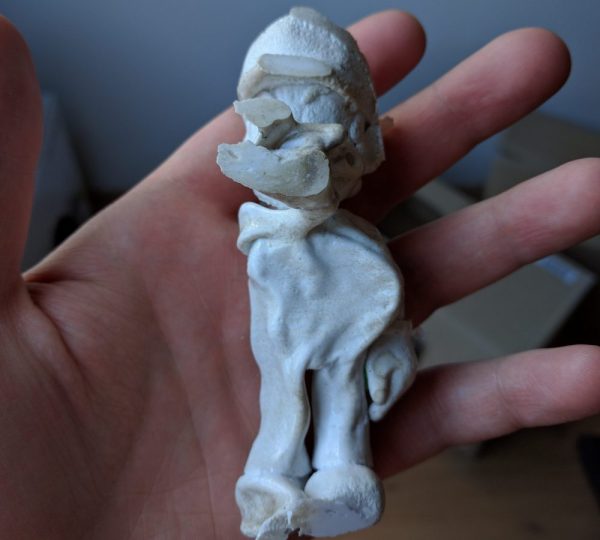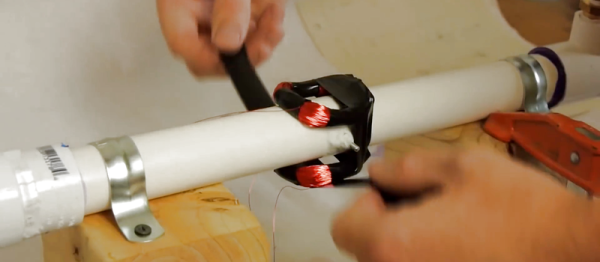There’s a reason we often use the phrase “It ain’t Rocket Science”. Because real rocket science IS difficult. It is dangerous and complicated, and a lot of things can and do go wrong, often with disastrous consequences. It is imperative that the lessons learned from past failures must be documented and disseminated to prevent future mishaps. This is much easier said than done. There’s a large number of agencies and laboratories working on multiple projects over long periods of time. Which is why NASA has set up NASA Lessons Learned — a central, online database of issues documented by contributors from within NASA as well as other organizations.
The system is managed by a steering committee consisting of members from all NASA centers. Public access is limited to a summary of the original driving event, lessons learned and recommendations. But even this information can be quite useful for common folks. For example, this lesson on Guidance for NASA Selection & Application of DC-DC Converters contains several bits of useful wisdom. Or this one about IC’s being damaged due to capacitor residual discharge during assembly. If you ever need to add a conformal coating to your hardware, check how Glass Cased Components Fractured as a Result of Shrinkage in Coating/Bonding Materials Applied in Excessive Amounts. Finally, something we have all experienced when working with polarized components — Reverse Polarity Concerns With Tantalum Capacitors. Here is a more specific Technical Note on polarized capacitors (pdf): Preventing Incorrect Installation of Polarized Capacitors.
Unfortunately, all of this body of past knowledge is sometimes still not enough to prevent problems. Case in point is a recently discovered issue on the ISS — a completely avoidable power supply mistake. Science payloads attach to the ISS via holders called the ExPRESS logistics carriers. These provide mechanical anchoring, electrical power and data links. Inside the carriers, the power supply meant to supply 28V to the payloads was found to have a few capacitors mounted the other way around. This has forced the payloads to use the 120V supply instead, requiring them to have an additional 120V to 28V converter retrofit. This means modifying the existing hardware and factoring in additional weight, volume, heat, cost and other issues when adding the extra converter. If you’d like to dig into the details, check out this article about NASA’s power supply fail.
Thanks to [Jarek] for tipping us about this.



 Fail of the Week is a Hackaday column which celebrates failure as a learning tool. Help keep the fun rolling by writing about your own failures and
Fail of the Week is a Hackaday column which celebrates failure as a learning tool. Help keep the fun rolling by writing about your own failures and 














